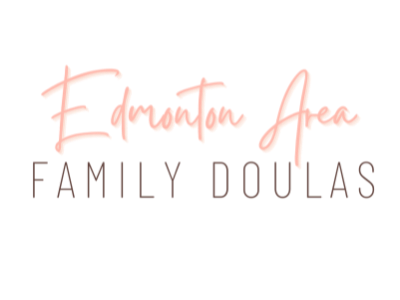6 Tips For A More Successful Bottle Feeding Experience
There are many reasons why bottle feeding might be the right choice for you. Maybe it’s the choice you make from the start, a transition for when you’re back to work, or a result of breastfeeding difficulties. No matter the reason, the important thing is that your baby is fed, and bottle feeding certainly helps with that!
While bottle feeding is suggested to be the easiest infant feeding method, that just is not always the case. Learning to feed a baby is like learning any new skill—sometimes it comes naturally, and other times it takes a little more practice. But there are things you can do to ensure that bottle feeding is the best experience it can be for both you and your baby!
1. Feed your baby when they show signs of hunger.
The sooner you can respond to your baby’s cues, the more positive the feeding experience will be. Look for:
Early hunger signs: Smacking or licking lips, opening and closing mouth, and sucking on lips, tongue, hands, fingers, toes, toys, or clothing are signs that you should feed your baby soon.
Active hunger signs: Rooting around on the chest of whoever is carrying them, trying to position for nursing (either by lying back or pulling on your clothes), or fussing are signs that you should feed your baby now.
Late hunger signs: Moving head frantically from side to side and/or crying means your baby is very hungry. You may need to soothe them before feeding.
2. Hold your baby upright to feed.
You should not feed your baby a bottle while they are lying down, as it can increase the risk of an ear infection. It is also important to alternate the side that you hold your baby on when feeding them a bottle. Paced bottle feeding is a great technique that keeps your baby upright and allows them to take in the amount of milk they desire.
3. You probably don’t need to sterilize your bottles regularly.
Unless your baby is premature or you have unfiltered well water, it is likely unnecessary to continue sterilizing your bottles, rings, and nipples. Before using any of your feeding supplies for the first time, sterilize them by immersing them in boiling water for at least 5 minutes. After that, hot and soapy water is sufficient. Obviously, if your doctor or other health care practitioner recommends otherwise, defer to their instructions.
4. Always hold your baby during feeds.
You should hold your baby when you are feeding them. Holding promotes bonding, allows you to supervise the feed, and enables you to keep your baby upright. It's also a good idea to alternate the side that you hold them on, to promote balanced eye and motor coordination.
5. Use a nursing pillow.
So-called "nursing pillows" should really just be called feeding pillows, since they are useful for all types of feeding— especially after a cesarean section! We recommend The Baby Buddy Nursing Pillow, made right here in Alberta!
6. What to do if your baby won’t transition from breast to bottle:
If you are introducing a bottle for the first time, the bottle may not be a big hit. Don't force it, but keep trying each day. Our number one, most effective tip for transitioning your breastfed baby onto a bottle is to have someone else (dad, grandma, friend) give your baby the first few bottles.
Bonus Tip: Ask for help and get lots of support.
Especially if your baby has just been born and you are newly postpartum (the stage, not the mood disorder), be sure to get as much help as possible. Sometimes we see bottle feeding parents get neglected when it comes to help and support. There aren’t specialists for bottle feeding like there are lactation consultants for breastfeeding, but there are still resources available to you.
You need rest and care to recover from pregnancy and birth. Your experience as a parent is no less exhausting because you are bottle feeding (in fact, preparing a bottle takes a bit of effort!). Be sure to ask for help when you need it, and accept help when it is offered.
If you'd like personalized support while learning to feed your new baby or while transitioning from breast to bottle, a postpartum doula is knowledgeable about all types of feeding including breastfeeding, bottle feeding, and a variety of alternative feeding methods like lactation aids, cup, and syringe feeding. We'd love to provide you with personalized assistance in your home.



